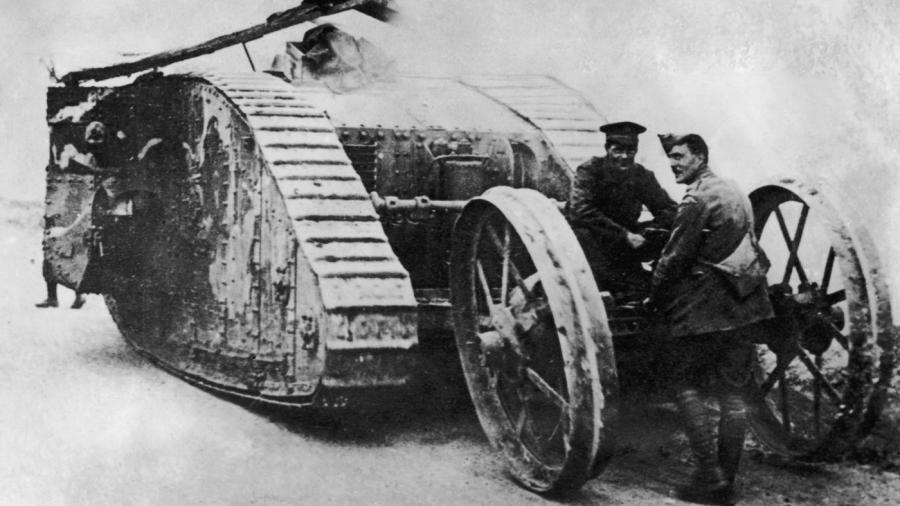How Was World War I Different From Previous Wars?

World War I was unlike any previous war for its reliance on advanced industrial technology and the elaborate economic and political organization of belligerent nations. World War I saw the first widespread use of machine guns, air power, submarine operations, poison gas and armored vehicles. The war was also characterized by an almost unprecedented mobilization of civilian resources to escalate the pace of combat.
The technology of World War I was unlike any the world had ever seen used in warfare. Though submarines made their first appearance as early as the American Revolution, they only became effective weapons during the naval blockade Germany imposed on Britain between 1914 and 1918. Rapid-fire guns, likewise, had been used sparingly in previous wars due to their complexity and marginal firepower. World War I saw the first use of machine gun batteries as practical field emplacements. No other major war had ever used aircraft nor did it have the modern artillery of combatant nations used during the 19th-century European wars. Poison gas was wholly new as were the tanks that first appeared on the battlefield in 1915. During the war, whole populations were mobilized, and millions of men were conscripted on all sides to fight, while factories were repurposed to churn out war materiel.





